PDF chapter test TRY NOW
The writer first summarises the entire lesson; he/she talks about a tragic event of the Columbia - a space shuttle exploding while coming back from space. The newspaper clipping gives us details of how and where the explosion happened. All the seven people who were on board died in the blast. It was a sad day for Americans, Indians and humankind, as well as the occupants of Columbia, were some of the brightest minds to exist in that day.
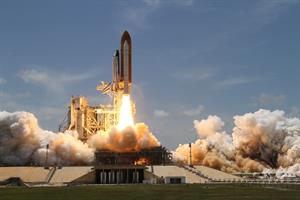
A photograph of Columbia launching (Picture does not relate to the original space shuttle, used only for understanding)
One of the victims of this accident was Kalpana Chawla, a Haryana born, Indian-American astronaut. This is the person around whom the entire chapter is centred. The chapter further goes on to relate how Kalpana Chawla transformed herself from a Haryana based aeronautical engineering graduate to an icon who made millions of Indians proud.
After graduating from Tagore School in Karnal, Haryana, she was allowed to undergo a bachelor's degree in engineering. What we would have to understand here is that this is itself speaks volumes about the forward-thinking mindset of Kalpana's parents. Unlike most parents of that time (1960s) rather than stopping her academic progress, they allowed her to study engineering; they had also encouraged her to do it in a branch of her choice.
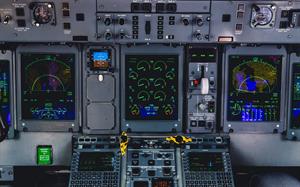
A day's work of an Aerospace Engineer (Image for illustrative purpose only)
But even the liberal mindset of parents could only go so far. It wasn't exactly an easy step from being a bachelor in Aeronautical engineering to going to the USA to obtain her masters in the same field. The text itself quotes that it was done only with great opposition from her father. Kalpana Chawla had earned various educational qualifications on her way to the top; one of these was a doctorate (Ph.D) in Aerospace engineering. The most notable honour that Kalpana Chawla had earned was of being the first woman of Indian origin to get selected by NASA. The last paragraph further details about her first historic launch along with six other crew members from the launch pad at Cape Canaveral in Florida.
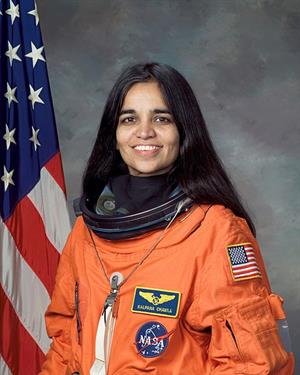
Kalpana Chawla in her training suit*
The above paragraphs talk about her early education and naturalisation into American citizenship. Naturalisation is a process where a citizen of one country becomes a citizen of another country by virtue of taking residence for an extended period in a foreign country or by marrying a foreign country's citizen. In Kalpana's case, the naturalisation happened due to the latter reason; she was married to Jean-Paul Harrison and had become an American citizen in the process. Her step-by-step ascent as a pilot and the experience thus gained made her a licensed flight instructor who can fly single and multi-engine aeroplanes, seaplanes and gliders; she entered NASA as a research scientist, her ambitions stretched further. She had decided to apply for the space program, her hard work and dedication finally paid off as she was selected for training as an astronaut in 1994.
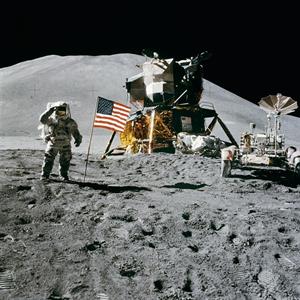
Just another day at the astronaut's office (Image for illustrative purpose only)
When questioned about her successes despite being a woman in a male-dominated field, she tells us that her gender was never an obstacle while working in NASA. As a research scientist/astronaut, her parents and relatives were also very supportive for her to further her ambitions. Their collective encouragement has given her the much-needed push to go further and achieve such greatness in life.
After becoming an astronaut, Kalpana was selected as one of the members to conduct a space-orbiting trip around the earth. The mission also consisted of a Japanese and a Ukrainian astronaut out of six crew members. Her first trip to outer space had lasted for 15 days, 16 hours, and 34 minutes, during this time, she had travelled an impressive 10.45 million kilometres, circling the globe 252 times!
This was a trip that would enable us, humans, to take giant leaps in understanding the space around our planet and its characteristics and conditions required for human/plant survival. The six-member crew were highly trained and experienced scientists who were given strict training to withstand the harsh conditions of space.
Being scientists, they also conducted various experiments in space to determine the conditions needed for living. From food growth through pollination to exploring multiple aspects of metallurgy and electronics, the data collected by Kalpana and her crew was vital for advancement in multiple areas of science.
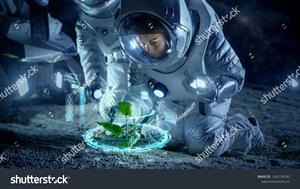
Space scientists at work (Image for illustrative purposes only)
Unfortunately, all was not well as the world was immersed in tragedy when the people heard that the Columbia, which was inbound for earth had streaked across the Texan skies and burst into flames, killing seven of the most knowledgeable minds in NASA at the time. Americans and Indians alike were struck dumb with grief and disbelief as the town of Karnal spent a sleepless night grieving the loss of Kalpana Chawla. The fact that their national hero, inspiration and icon had perished in such a terrible accident was not a light burden to bear. The entire village was immersed in sorrow due to the unfortunate loss of one of their most outstanding examples for the future generations.
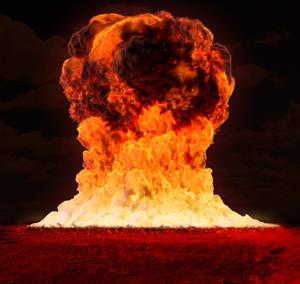
Tragedy strikes as Columbia crashes in Texan soil (Image for illustrative purposes only)
The end of the lesson talks about a journalist's account regarding the difficulties of becoming a space scientist. They are expected to be great sources of knowledge, in this instance, the journalist talks about the many subjects that a space scientist of Kalpana's level requires to master fields of Biology, Astrophysics and Aeronautical Engineering. She must have possessed in-depth knowledge in all these fields to become an asset not only to India or America but to the entire world of science, her loss of life was, without doubt, a great loss to every human being aspiring to advance in the field.
The lesson ends with a message from Kalpana Chawla, a girl who had come from a small town in India and touched the skies. The message that she had relayed to our students in Chandigarh is crucial. She talks about the great path to success, how to get it, how to bring up the courage to get to follow it, not worrying about the obstacles. How to have the vision to realise everyone's dreams, she also tells us that it is not easy to follow our dreams and passion. For the people who put in enough hard work and determination and strive to reach their goals, the achievements waiting are countless. Each achievement will only reach the aspirants with the right amount of grit and willingness to go beyond the others.
Reference:
*Kalpana Chawla in her training suit: https://commons.wikimedia.org/wiki/File:Kalpana_Chawla,_NASA_photo_portrait_in_orange_suit.jpg#filelinks
